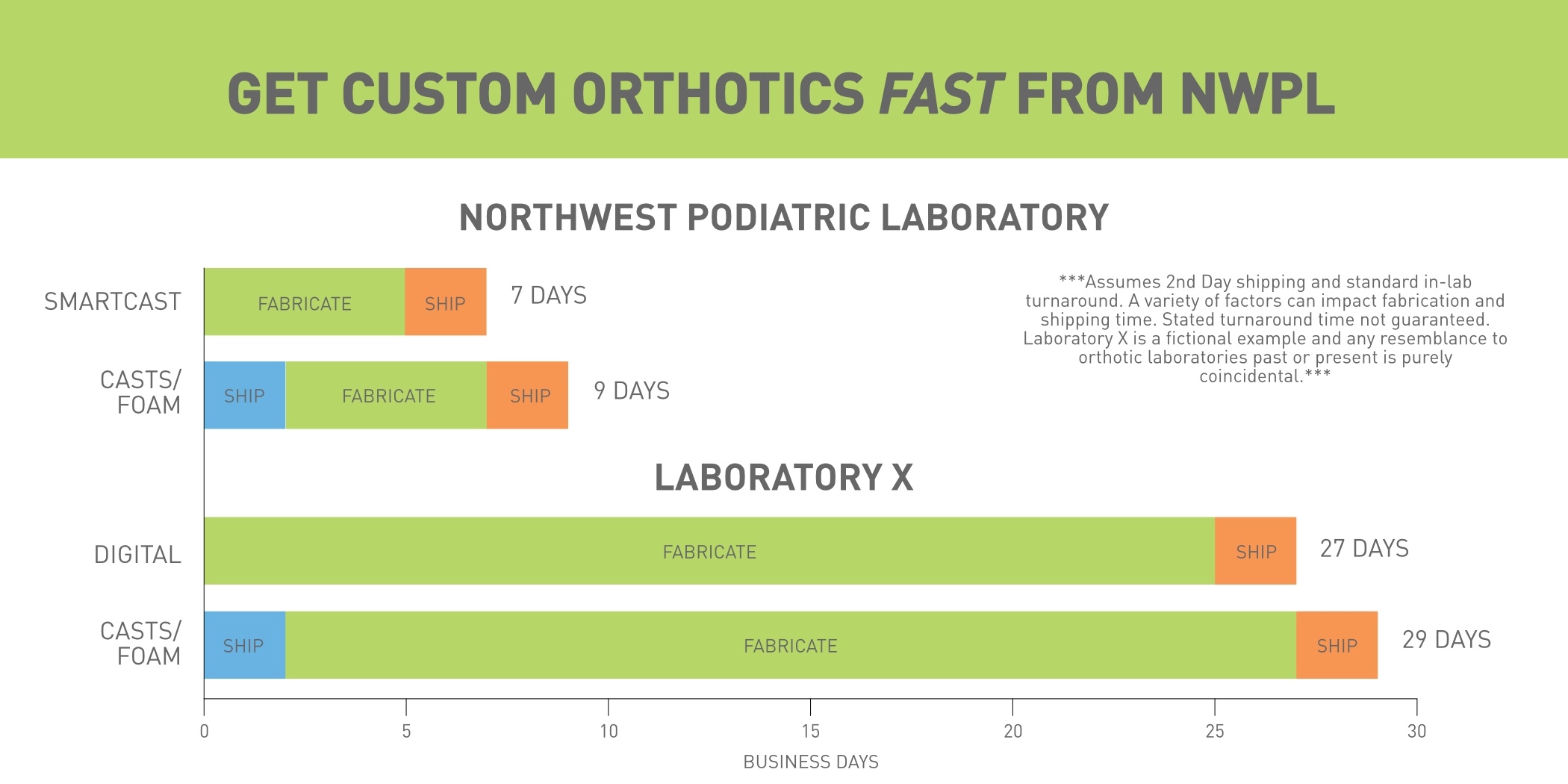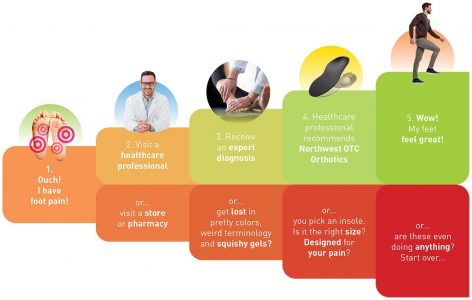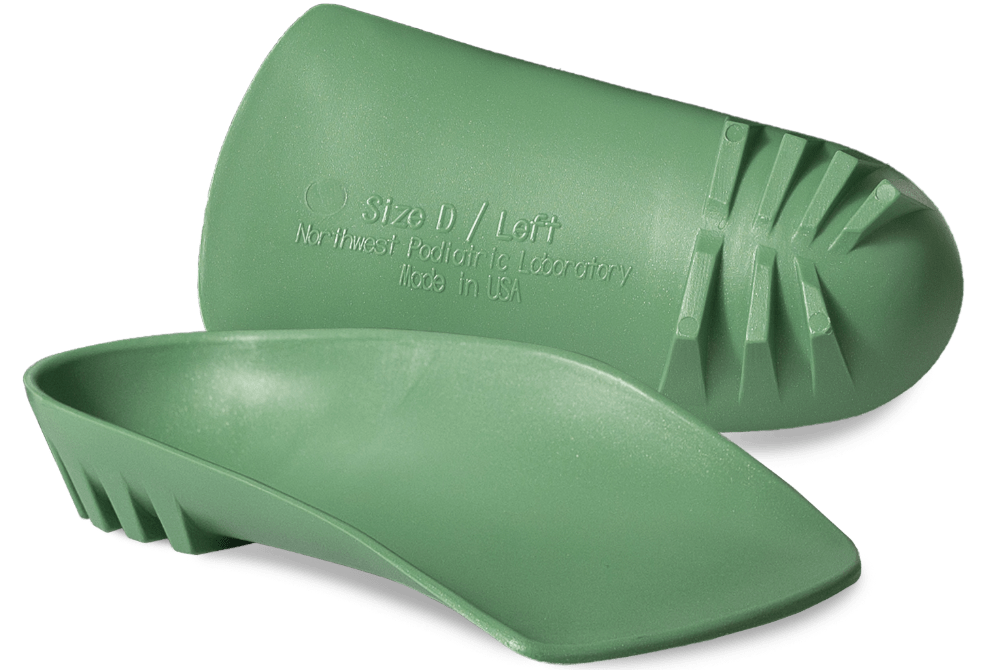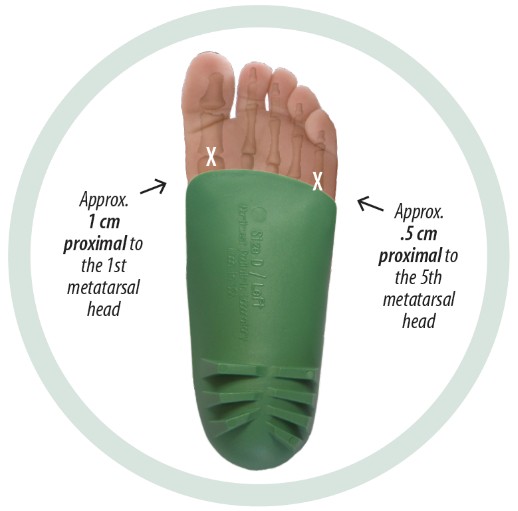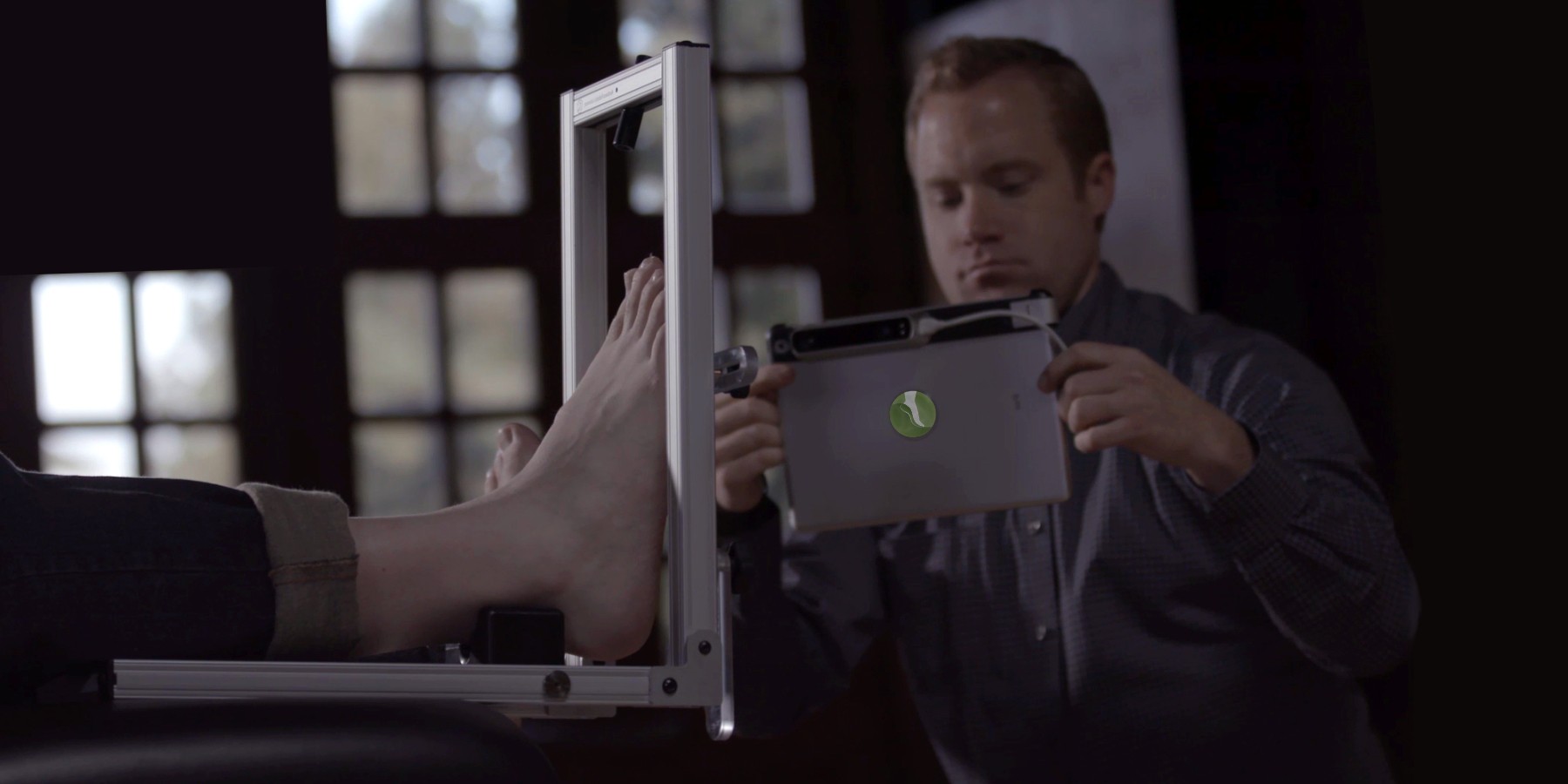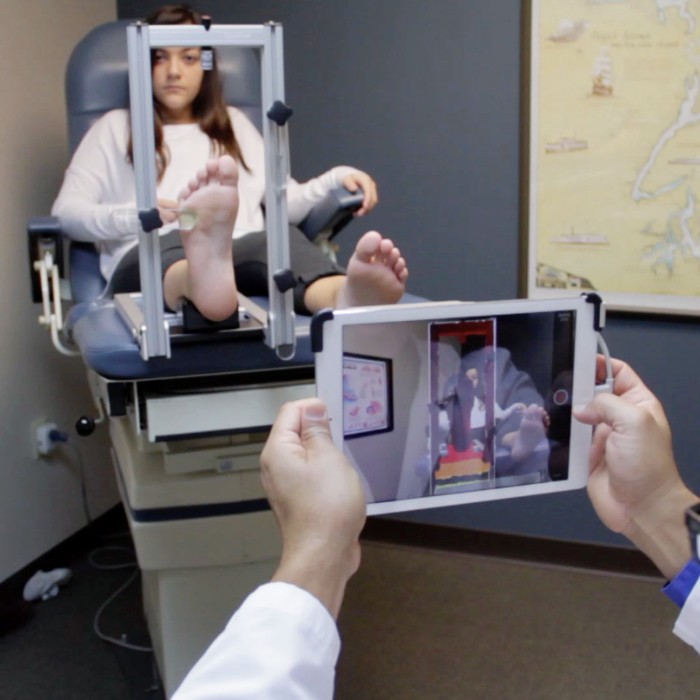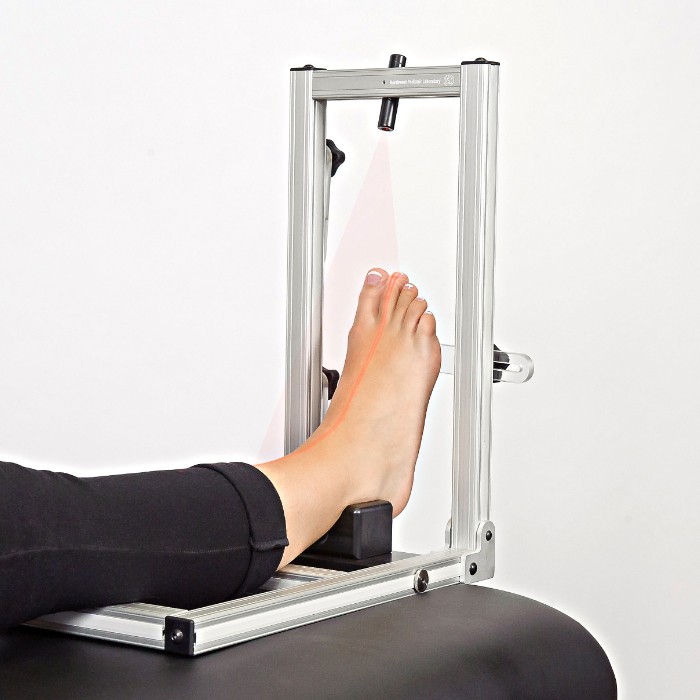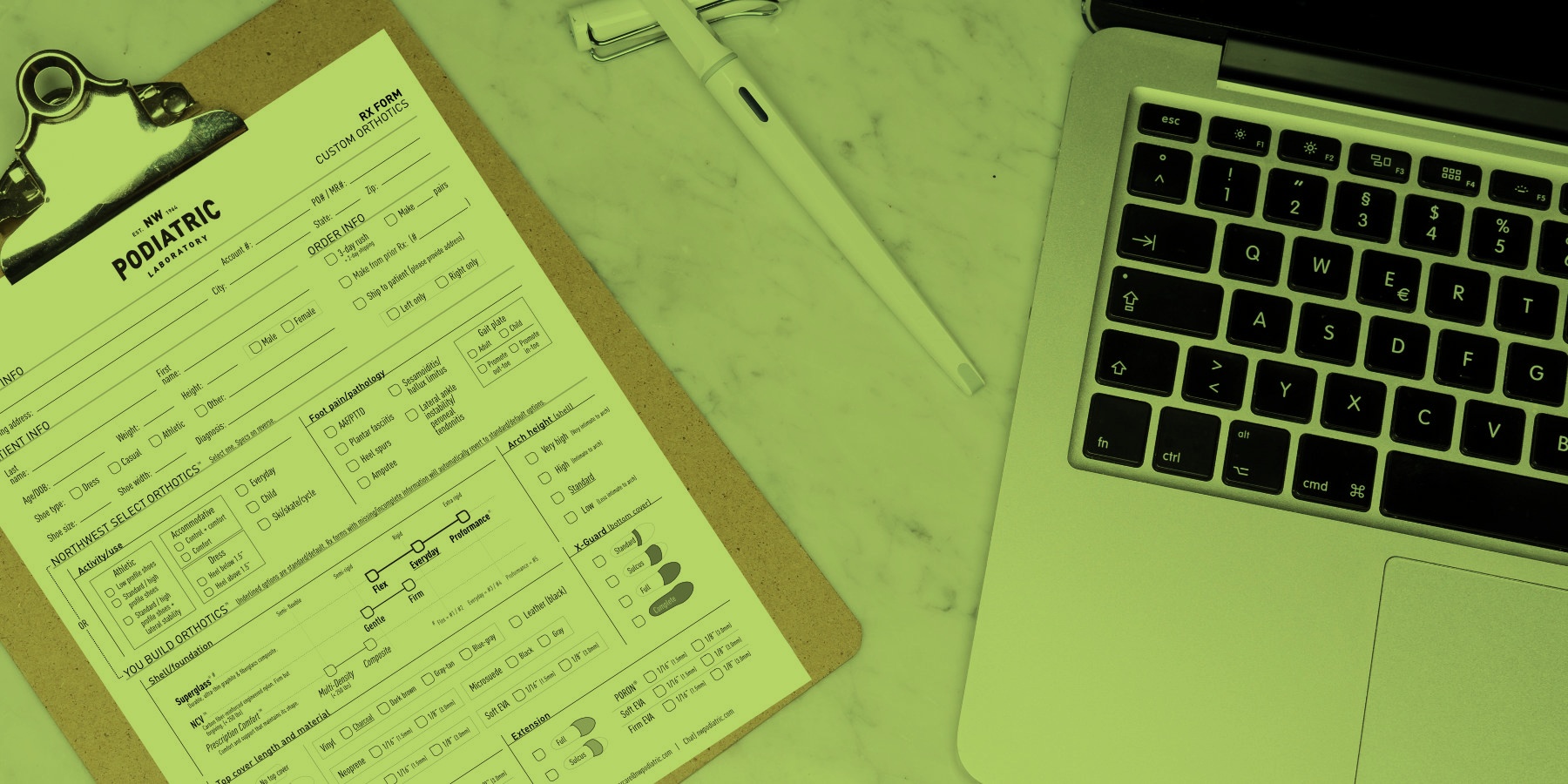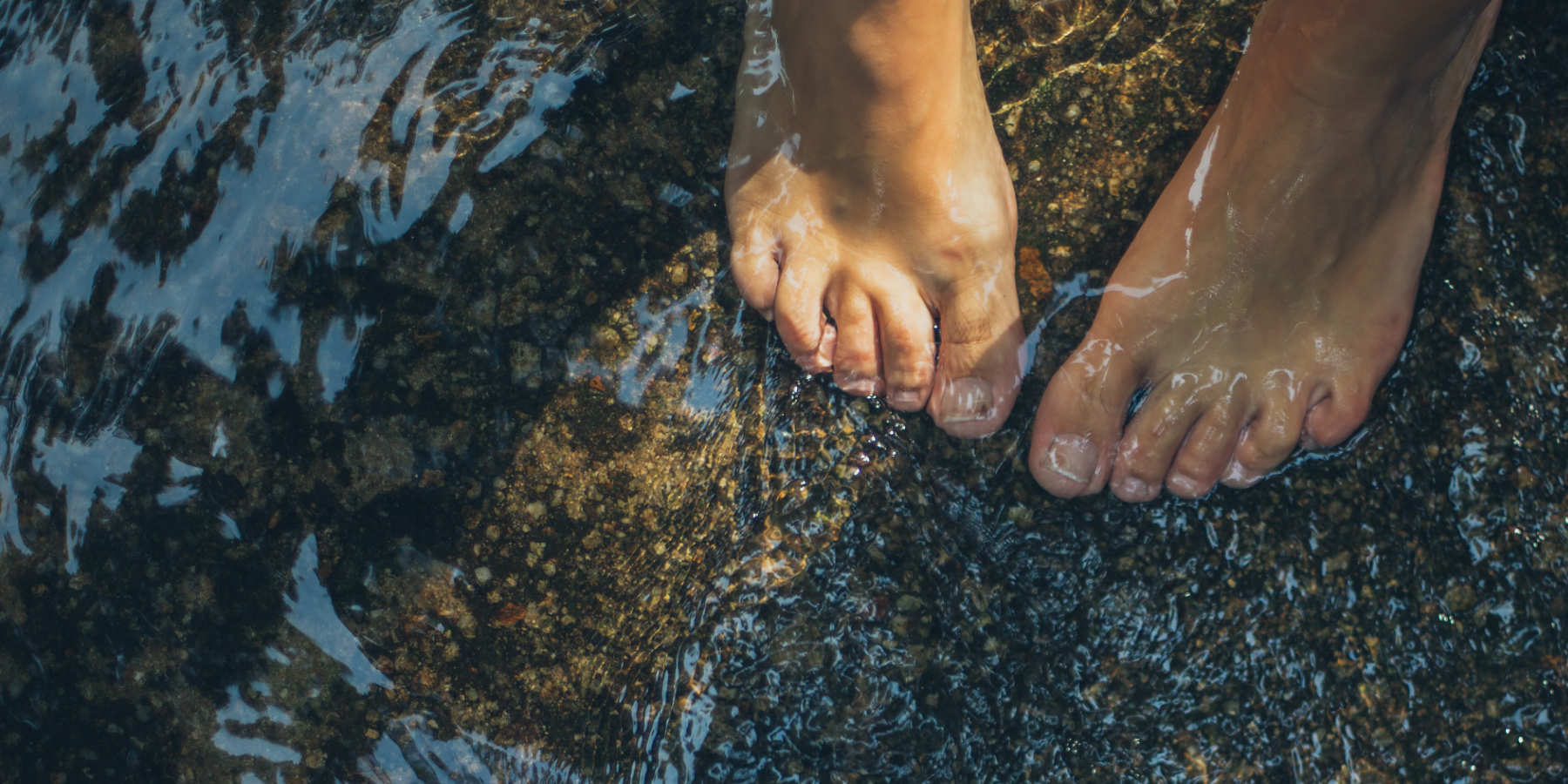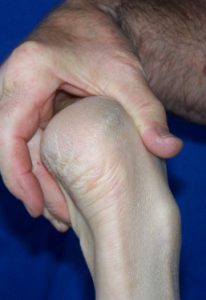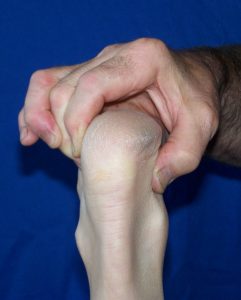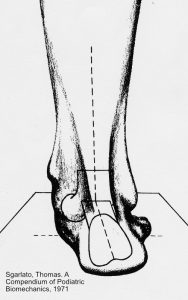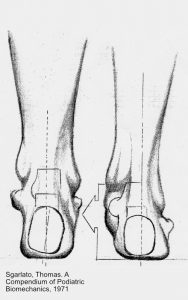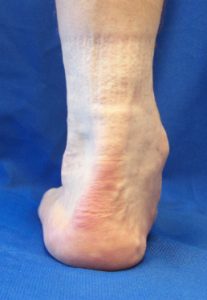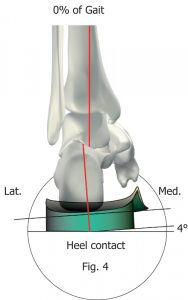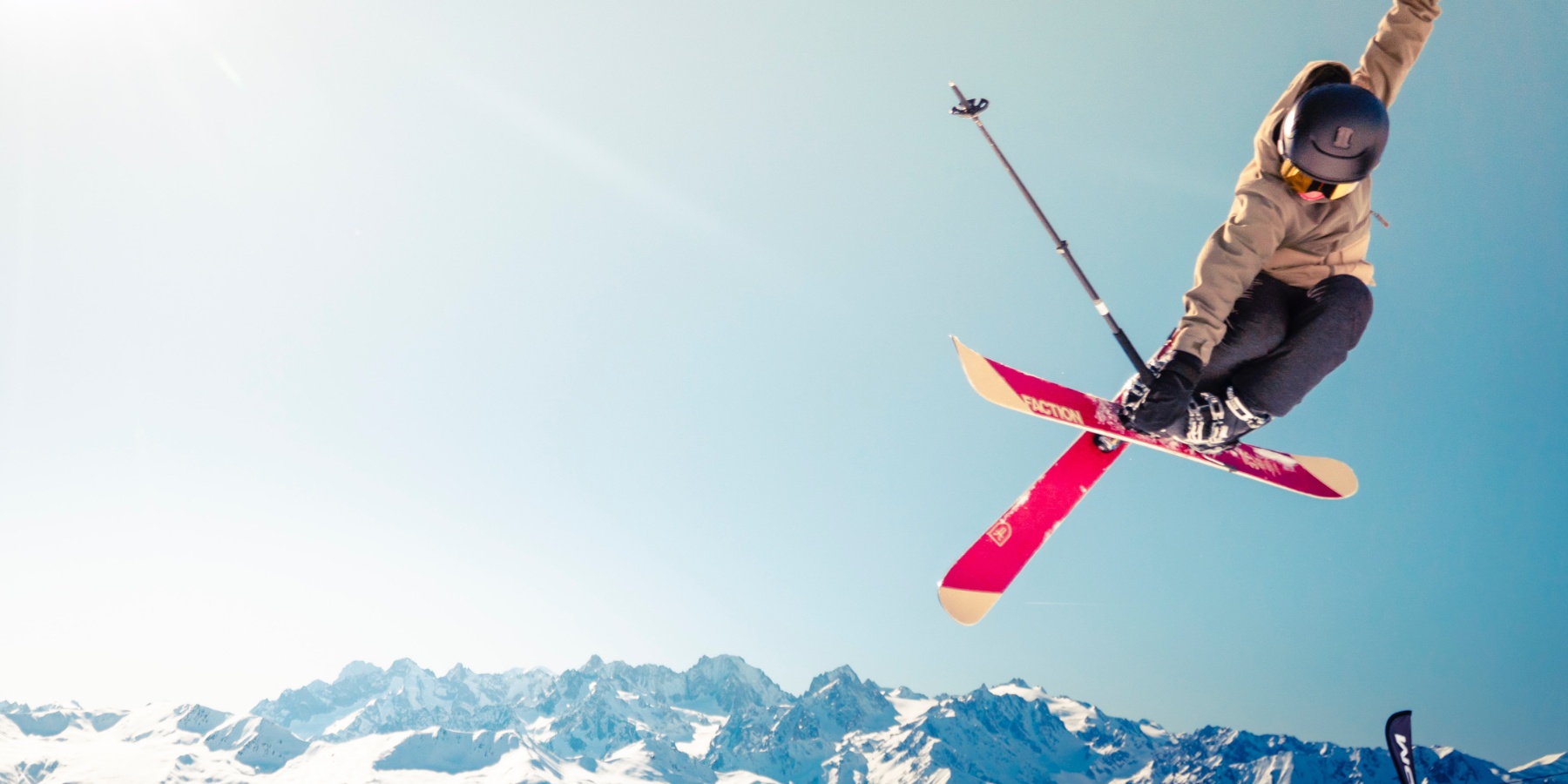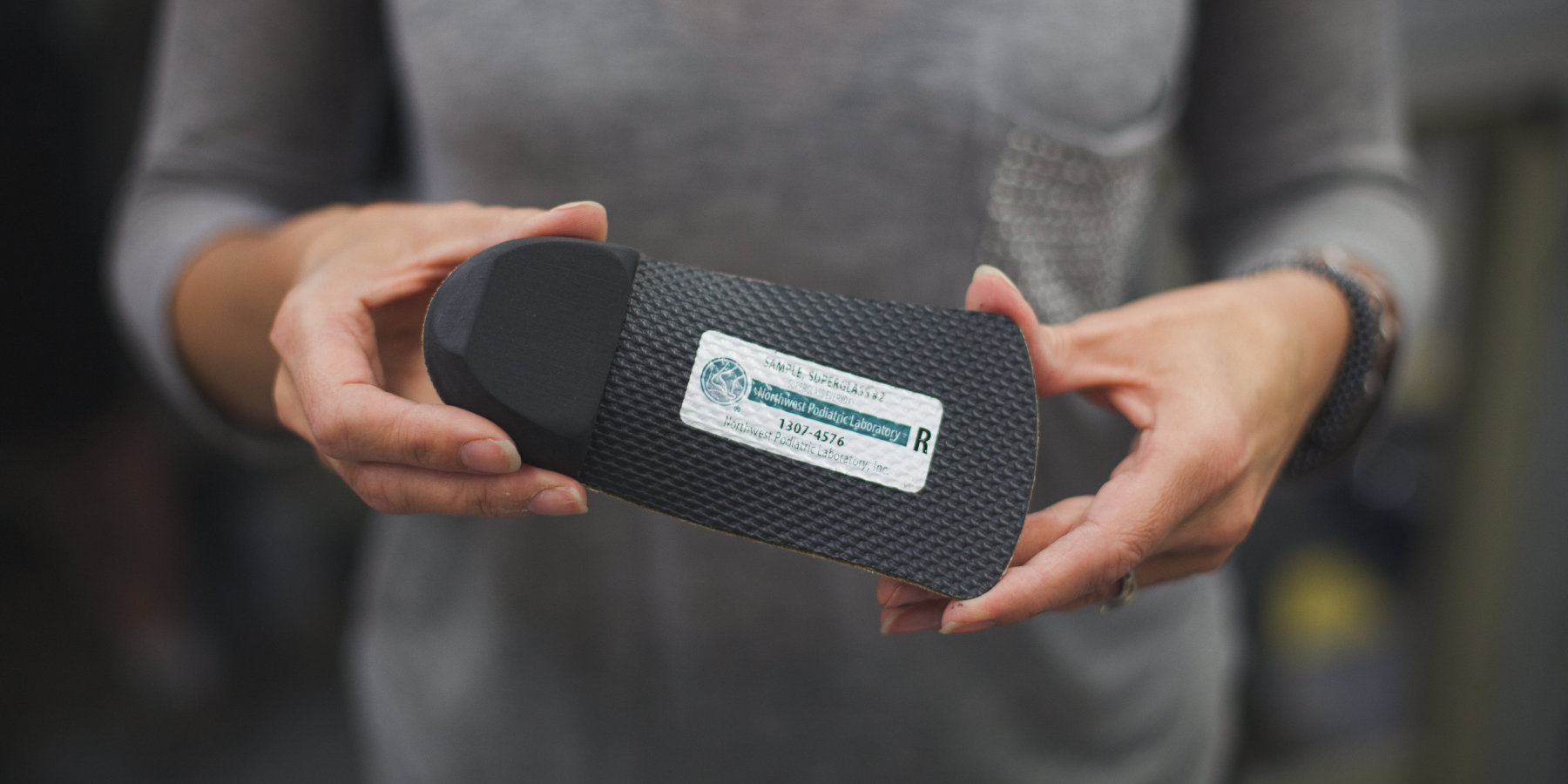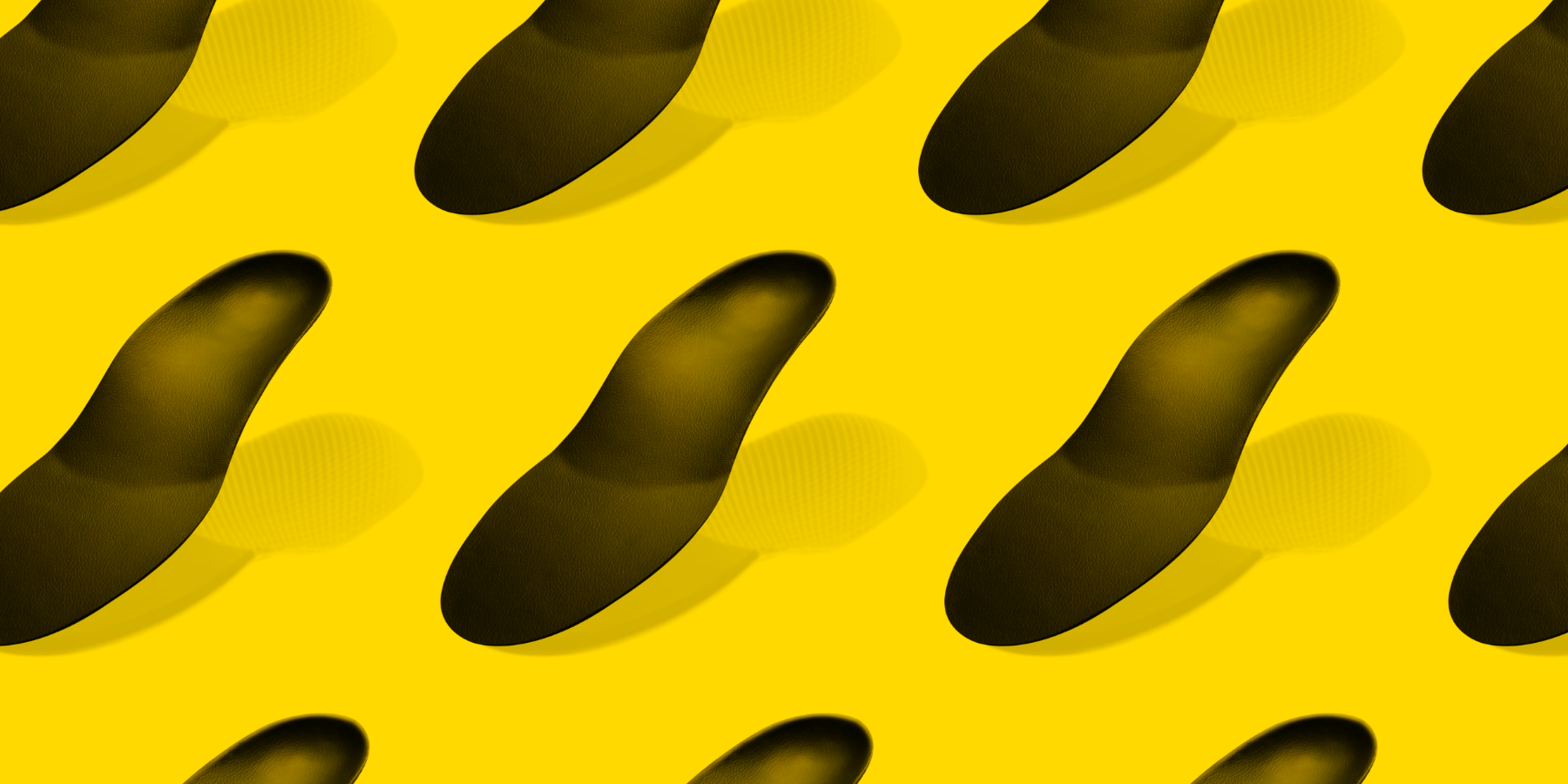
EVERYTHING YOU WANTED TO KNOW ABOUT CUSTOM ORTHOTICS (BUT WERE AFRAID TO ASK)
At Northwest Podiatric Laboratory we often receive questions about our company, orthotics, and how we can help people with foot pain.
While some questions are quite unique (e.g. Can I wear my orthotics for water aerobics?), many of the questions we receive are asked quite frequently. We’ve learned a lot since 1964 and are excited to share a bit of the insight we’ve gained in our quest to help healthcare professionals provide their patients with world-class foot pain solutions.
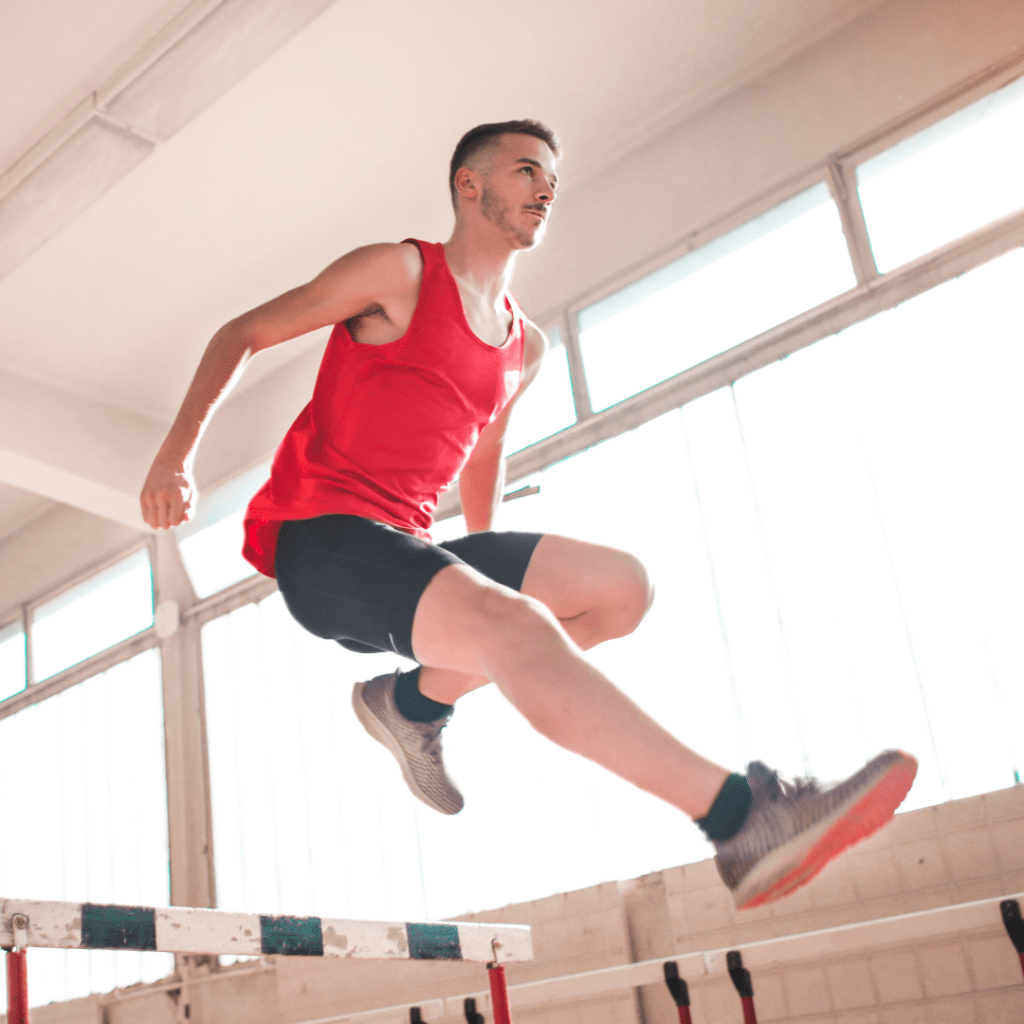
Although extensive, our FAQs page isn’t designed to be comprehensive and should be used for informational purposes only. Patients should consult with a licensed healthcare professional, while healthcare professionals should contact NWPL directly for more help and insight.
Our FAQs page is split into two sections: Patients and Healthcare Professionals. There’s some overlap between the questions but each section is tailored to provide answers to the pressing questions we’re most often asked.
Click here to visit our Frequently Asked Questions page to learn more!
Northwest Podiatric Laboratory is an industry leader in custom foot orthotics and related technologies. Dennis Brown, a retired British soldier, elite athlete and natural-born inventor founded the company in 1964 and was joined by a pioneer in the biomechanics of the foot, Dr. Chris Smith, in 1974. With an exclusive blend of science, craftsmanship and innovation, the partners built a company that utilizes proprietary production techniques and technology to produce orthotics with a unique shape and unparalleled performance. Northwest Podiatric Laboratory has helped over a million people suffering from foot pain to lead better, pain-free lives. Learn more at www.nwpodiatric.com.

